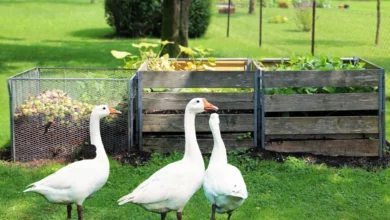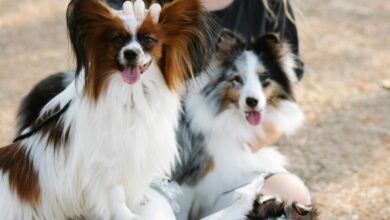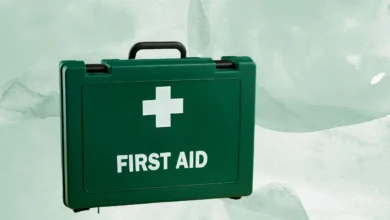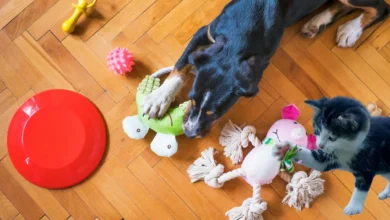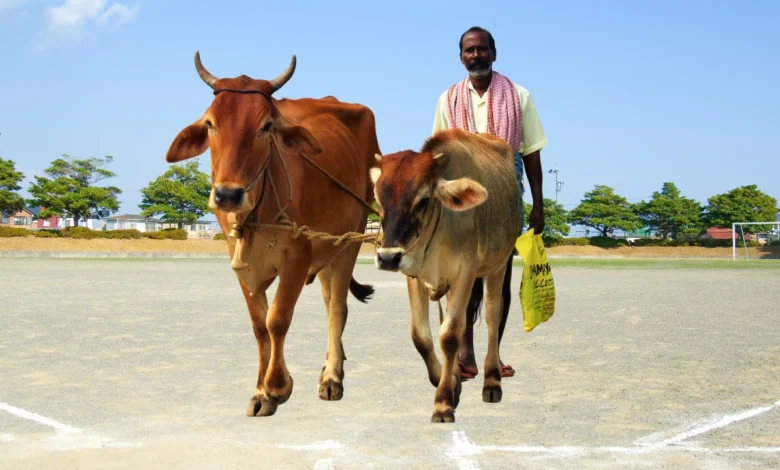
You know you’re officially a cow parent when you start noticing the little things—like a slight change in moo pitch or a drop in milk yield—and immediately spiral into “What’s wrong with Bessie?!” mode. Been there.
As someone who’s spent sunrises and sunsets in muddy boots checking on cows, I get it. You want your herd healthy, productive, and content. But diseases? They sneak in quietly and can spread fast—especially if we miss early signs or rely too heavily on meds.
Let’s talk about something powerful: natural prevention. Not just “let’s throw herbs at it” prevention, but practical, proven habits that support long-term cow health.
Why Cow Disease Prevention Matters (and It’s Not Just About the Vet Bill)
One sick cow can quickly become five. And when that happens, the ripple effects are big:
- Milk production drops
- Vet costs shoot up
- The entire herd’s stress level rises
- And your own peace of mind? Poof. Gone.
Preventing cow diseases isn’t just about avoiding trouble—it’s about building a system where your cows can thrive. Healthy cows are happy cows. And happy cows… well, they make everything better.
Daily Habit #1: Observe, Don’t Just Feed
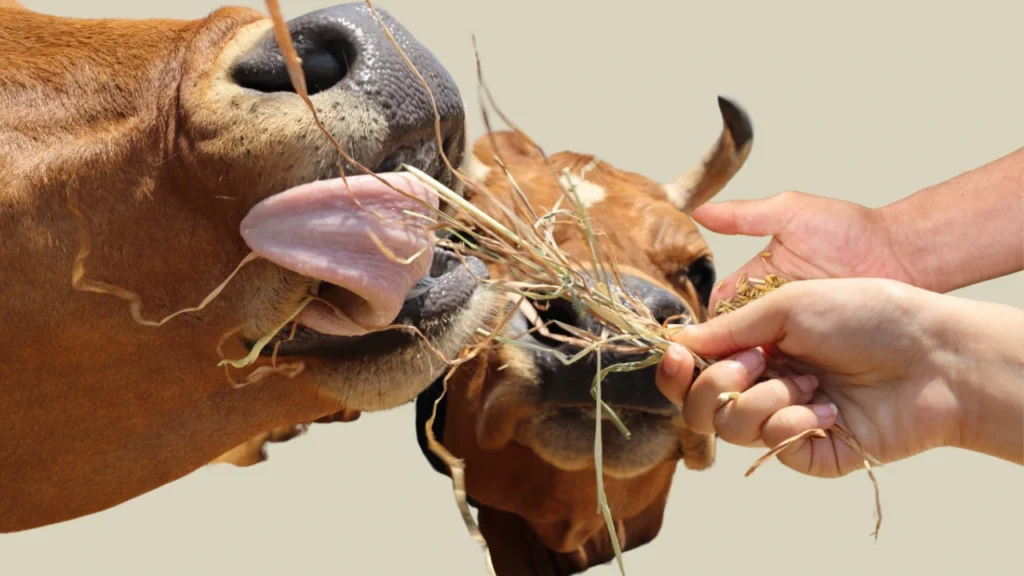
Okay, real talk: I used to think feeding time was all about buckets and hay bales. But seasoned dairy farmers? They treat feeding time like a health check.
Spend a few extra minutes just watching your cows. Notice their gait. Their breathing. Are they slower than usual? Limping? Hanging back from the group?
Early signs of common cow diseases—like mastitis, lameness, or respiratory issues—often start subtly. You don’t need a vet degree to notice when something’s off. You just need consistency and attention.
Daily Habit #2: Keep the Barn Clean and Dry
Imagine living in a damp, muddy room 24/7. Not exactly spa treatment, right?
Moisture and manure build-up are breeding grounds for bacteria and hoof diseases. Whether it’s foot rot, digital dermatitis, or mastitis, unclean conditions make your cows vulnerable.
Here’s what works:
- Fresh bedding daily (or as often as needed)
- Regular scraping of manure
- Well-ventilated, dry areas—especially around udders and hooves
A clean cow is a healthy cow. And yes, your back may complain—but your herd will thank you.
Daily Habit #3: Make Nutrition Your First Line of Defense
We often think of nutrition in terms of growth or milk output. But proper feeding is one of the most effective ways to prevent cow diseases naturally.
Here’s the lowdown:
- Balanced minerals (especially calcium, phosphorus, and selenium)
- Probiotics to support gut health
- High-quality forage with no mold
- Access to clean water, always
A well-fed cow has a stronger immune system. When I added sea kelp and yeast supplements to my herd’s diet, I saw fewer digestive issues and better weight maintenance—even during the coldest months.
Weekly Habit #4: Hoof Checks = Fewer Headaches
Hoof issues are sneaky. By the time your cow is visibly limping, they’re already in pain—and infections can set in quickly.
Set aside time weekly to:
- Examine hooves
- Trim overgrowth
- Check for foul smells, swelling, or sores
Hoof baths (especially with zinc sulfate or copper) can be lifesavers. And if you’re like me and nervous about trimming hooves solo, bring in a pro. It’s worth it.
Weekly Habit #5: Rotate Pastures and Break the Parasite Cycle
Internal parasites are silent thieves. They rob your cows of nutrients and open the door to disease—especially in young calves.
One of the simplest ways to fight them naturally?
Pasture rotation.
By moving cows regularly and allowing land to rest, you interrupt the parasite life cycle. Bonus: you also give grass time to regrow, which means healthier grazing and less supplement spending.
I started rotating every 5–7 days during spring and noticed fewer cases of diarrhea and overall better condition in my calves.
Natural Add-Ons That Actually Work
Let’s talk about the “natural” part of preventing cow diseases. There’s a lot of fluff out there, but here are some tools that do help when used right:
- Apple cider vinegar in water (small amounts boost digestion)
- Garlic powder in feed (can deter parasites and boost immunity)
- Essential oils like oregano or thyme (antibacterial, though use with caution and research)
Always test in small amounts first and talk with a vet who’s open to integrative care. Nature is powerful—but so is moderation.
Story Time: How I Almost Lost My Favorite Cow (And What It Taught Me)
One winter, Daisy—my absolute favorite Jersey—started acting off. She was slower, seemed moody (even for Daisy), and her milk output dropped. I figured it was just cold stress.
Wrong.
It was the beginning stages of mastitis. By the time I spotted the swelling and got a vet involved, we were in full treatment mode. It was rough, but Daisy pulled through. And I learned this: never underestimate small changes. They often signal something deeper.
Since then, I’ve stayed obsessed with early signs, proper milking hygiene, and post-milking teat dips. Mastitis rates in my small herd dropped by 60%.
Community Wisdom: You’re Not Alone in This
One thing I love about farming? The community.
If you’re unsure about a new routine or natural method, ask around. Join a Facebook group, attend a local workshop, or just talk to the old-timers—they’ve seen it all. Cow care doesn’t have to be a lonely journey.
Final Thoughts: Healthy Cows, Happy Life
Preventing cow diseases isn’t about chasing perfection—it’s about small, steady habits that protect your herd.
Watch your cows closely. Keep their spaces clean. Feed them like the athletes they are. And trust yourself—you’re learning every day.
You’re not just managing animals; you’re nurturing life.
